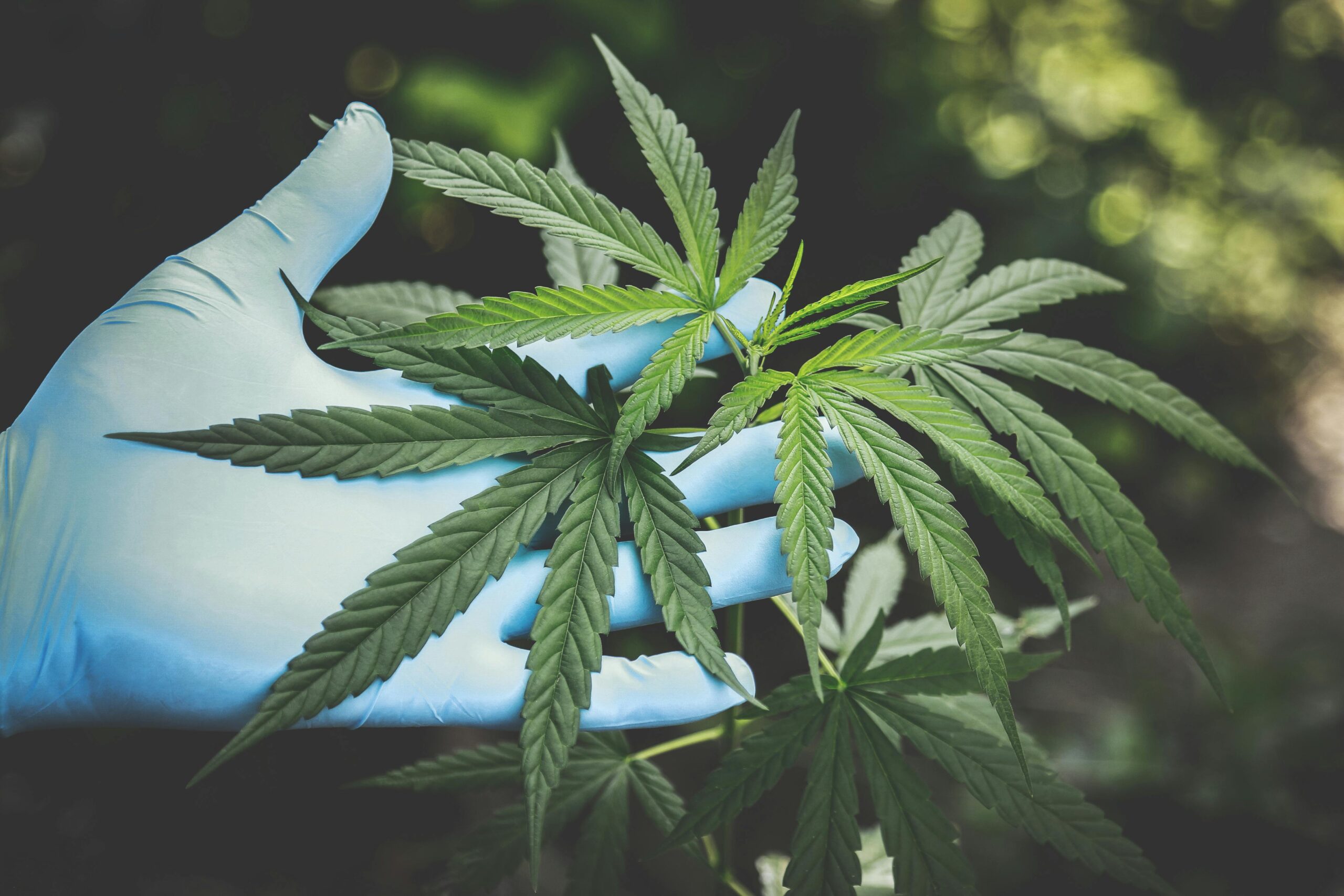The cannabis industry has entered a new digital age. Once confined to underground markets, cannabis is now a regulated, data-driven sector powered by technology, science, and transparency. From AI-assisted lab testing to blockchain-based seed-to-sale tracking, innovation is reshaping how consumers understand purity, potency, and safety.
As global legalization accelerates, the divide between street cannabis and medical-grade cannabis has never been clearer or more consequential. For consumers, this difference affects not only legality but also health, reliability, and peace of mind. In areas such as Lemon Hill and nearby regions, dispensary weed delivery Lemon Hill services now provide tech-enabled access to regulated cannabis products, giving patients more control over what they consume and how they consume it.
What Defines Medical-Grade Cannabis?
Medical-grade cannabis is more than just a legal label. It represents a scientific and technological leap forward. These products meet rigorous standards designed to ensure quality, consistency, and patient safety, backed by verifiable data and modern tracking tools.
1. Regulatory Oversight and Compliance
Medical cannabis cultivation and distribution operate under Good Manufacturing Practices (GMP), which mandate climate-controlled environments, automated monitoring, and detailed process documentation. Facilities are routinely inspected to ensure compliance with health and safety standards.
By contrast, street cannabis exists outside any regulated system. There is no oversight, standardized testing, or accountability when contamination or mislabeling occurs.
2. Mandatory Laboratory Testing
The backbone of medical cannabis safety lies in independent laboratory testing. Products are analyzed for cannabinoid potency, such as THC, CBD, and others, as well as contaminants like pesticides, heavy metals, and microbial organisms.
Modern testing labs often use AI and data analytics to detect inconsistencies faster and improve precision. This data-driven approach offers reliability that street cannabis cannot match. Unregulated products have no safety verification, meaning users have no idea what they are actually consuming.
Purity: The Science Behind Clean Cannabis
Purity is determined not just by the cannabis strain but also by how it is grown, processed, and tested.
1. Pesticide and Chemical Control
Licensed cultivators use approved pesticides or organic alternatives under strict guidelines. Every application is logged, and samples are tested for residue. Street cannabis, however, may contain banned pesticides, mold inhibitors, or heavy metals, often absorbed from contaminated soil or water. When smoked or vaporized, these contaminants can enter the bloodstream immediately.
2. Microbial Safety Standards
Medical-grade cannabis must meet stringent microbial thresholds for fungi, bacteria, and pathogens. Facilities use climate-controlled systems, humidity regulation, and advanced filtration to prevent contamination.
Street cannabis, grown and handled without sanitation standards, often fails these safety benchmarks, posing real risks for patients with weakened immune systems.
Potency: Accuracy, Consistency, and Transparency
Reliable potency data turns cannabis from a guessing game into a scientifically measurable therapeutic tool.
1. Cannabinoid Profiling
Medical cannabis products include precise THC and CBD percentages, allowing patients to dose confidently and achieve consistent therapeutic results.
Street cannabis provides no such insight. Without laboratory testing, potency is purely speculative, leading to unpredictable effects and inconsistent results.
2. Terpene Transparency
Many licensed producers also include terpene profiles, which identify the aromatic compounds influencing flavor, aroma, and therapeutic impact. This allows patients to choose products that align with their medical needs.
Street products lack this transparency entirely, offering no reliable data about composition or potential effects.
Safety Beyond the Product: The Role of Technology
The conversation around safety extends beyond the plant itself. It includes the digital systems that ensure traceability and consumer protection.
1. Clean and Verified Consumption
Licensed dispensaries offer lab-tested vaporizers, standardized edibles, tinctures, and topicals, all with precise dosing and transparent labeling. Advanced packaging with QR codes links directly to Certificates of Analysis (COAs), giving consumers real-time verification of test results.
Street markets, however, are full of counterfeit vape cartridges and misrepresented edibles. The 2019 EVALI outbreak, which led to thousands of lung injuries, was traced back to illicit THC cartridges containing harmful additives.
2. Blockchain and Traceability
Modern cannabis programs integrate seed-to-sale blockchain systems that log every stage of production, from cultivation to delivery. This ensures accountability, authenticity, and rapid recall capability in case of contamination.
Street cannabis has no traceability. Once sold, it is impossible to verify origin, handling, or composition.
Making the Informed Choice
The differences between street and medical cannabis are more than technical. They represent a fundamental shift toward digital accountability in healthcare. Medical-grade cannabis offers verifiable safety data, accurate potency, and full regulatory transparency.
For patients using cannabis therapeutically, these features directly affect efficacy, safety, and trust. In the Lemon Hill region, Fiori Delivery and other licensed platforms provide verified medical cannabis options, combining technology, regulation, and consumer education to promote safe, reliable access.
Frequently Asked Questions (FAQs)
1. Is medical cannabis actually stronger than street cannabis?
Not necessarily. Potency varies by strain, but medical cannabis provides accurate lab-tested data for consistency, unlike street cannabis, where potency is unknown and unpredictable.
2. Can contaminated cannabis make you sick?
Yes. Pesticides, mold, and bacteria can cause respiratory infections, allergic reactions, and neurological symptoms. Contaminated cannabis poses serious risks, especially for patients with compromised immune systems.
3. How do I verify dispensary lab testing?
Licensed dispensaries must provide a Certificate of Analysis (COA) that lists lab results, testing dates, and cannabinoid data. Many include QR codes on packaging linking directly to the test results for transparency.
4. Why is medical cannabis more expensive?
Medical cannabis pricing reflects lab testing, regulatory compliance, facility licensing, and product traceability. The cost ensures purity, potency, accuracy, and consumer protection, advantages that the unregulated market cannot guarantee.
5. Can I trust THC percentages on medical cannabis labels?
In regulated markets, yes. State-certified laboratories follow standardized protocols, ensuring consistent and accurate cannabinoid reporting.
Conclusion
The difference between street and medical cannabis is more than a matter of legality. It is a matter of technology, safety, and accountability. Regulated medical cannabis is built on data transparency, verified testing, and traceable supply chains, while street cannabis remains unregulated and unpredictable.
As the cannabis industry continues to merge with the digital health ecosystem, innovations like AI-powered lab testing, blockchain traceability, and smart delivery systems will define the future of safe, responsible consumption. Consumers in areas like Lemon Hill now have unprecedented access to clean, tested, and traceable cannabis products, proving that technology is not only changing how we access cannabis but how we trust it.



































